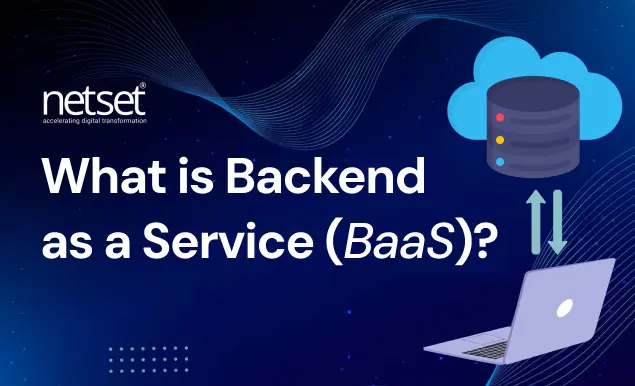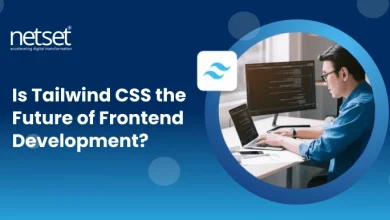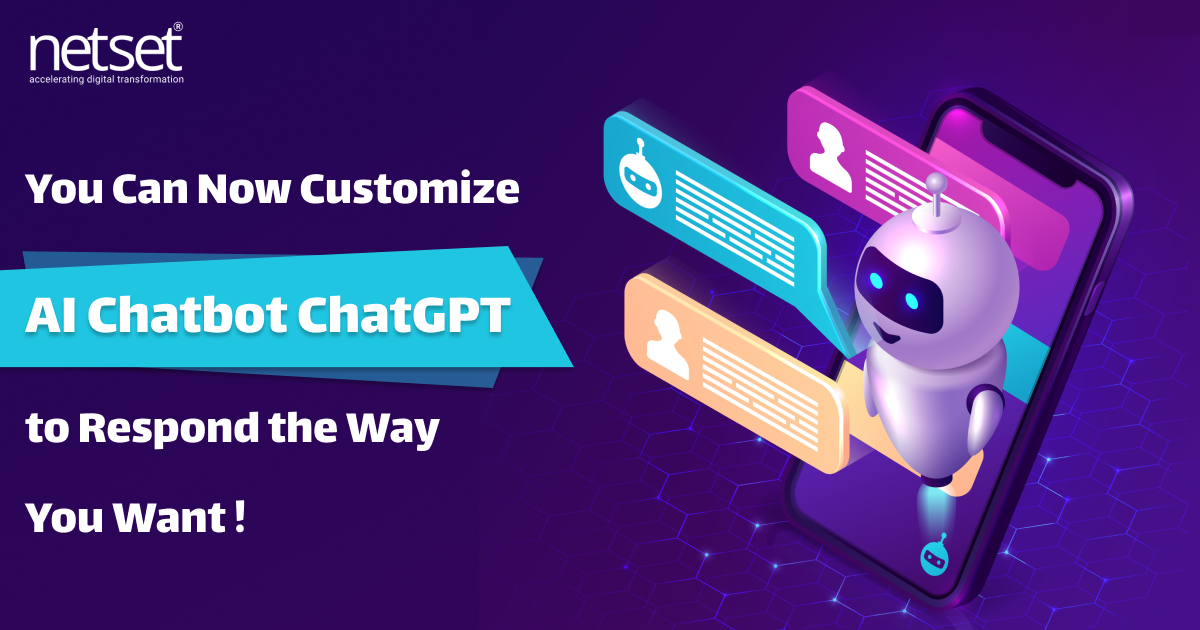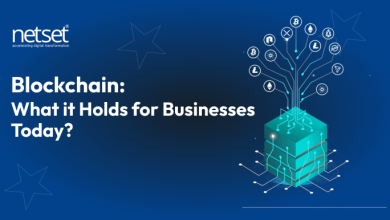What is Backend-as-a-Service (BaaS) and How Does It Work?

If you are just starting to learn about backend development or are planning to create an app for your business, it is more likely that you have come across the term BaaS. Whether it’s from your internal team members or your software development company, the backend is the backbone of every project. But what does it exactly mean? And how can it really help businesses? Here is everything about backend as a service in detail, even if you have heard about the backend for the first time.
Understanding Backend in App Development
Before we actually take a deep dive into Backend as a Service, let’s quickly understand what back is.
When you use a mobile app or a website, what you see and interact with in front of your eyes is the frontend of the whole platform. This consists of buttons, texts, images, and some other design elements. You can consider the back end as everything behind the scenes connecting everything together, whether it is about databases, servers, security, the process of user authentications, or calling application programming interfaces.
To simplify it more, if a restaurant is an app, the front end will be its dining area where the customers sit and the backend of the restaurant will be the kitchen where cooks prepare the food. Although the kitchen is never visible, it is the most important part of the whole experience of a restaurant where people come to eat.
What Actually is BaaS or Backend as a Service?
Backend as a service is a service that runs on the cloud and handles all the backend tasks for you. In place of creating the backend from scratch on your own, you use a readymade platform that consists of a range of backend features like
- User authentication
- Database management
- File storage
- Push notifications
- Cloud functions
- API generation
- Analytics
- Hosting
With the help of BaaS, you can easily focus on creating the front end and user experience, whereas the backend is organized, managed, and maintained solely by the service providers without any kind of intervention from you.
How does BaaS work?
Although the working of BaaS can be complex as per the requirements of the application, here is a simple breakdown of how BaaS works.
#1 Sign up on a BaaS platform.
You have to start by picking up a BaaS provider like Firebase, Backendless, or Supabase and signing up for it. Most of them give a free plan to get started.
#2 Connect Your App
You now integrate the BaaS platform with your app, which uses an SDS (Software Development Kit) or APIs. With the help of these tools, you can make it easy to send and receive the data without any need for coding the backend logic on your own.
#3 Use Pre-Built Features
These platforms give you access to some key features like setting up the login systems, databases, and file storage. For example, if you want to let users sign in with their email, the BaaS easily handles the passwords, verification, and security.
#4 Focus on Frontend Development
Since the backend of your application is taken care of by a service provider, you can focus on other tasks. These tasks can be related to designing the app, adding features, and improving the user interface.
#5 Monitor and Scale
BaaS platforms come with built-in analytics and monitoring tools so that it is easy for you to track how your app is doing. If your business grows, the BaaS can easily scale with you without any need to buy servers or hire backend developers.
Key Features of BaaS

Now that we know about the workings of the BaaS, let’s take a closer look at the features that most of such platforms give.
- Authentication and User Management: You can easily add sign-up, login, password reset, and user roles. Few platforms support third-party login options like those from Google or Facebook.
- Database and Storage: BaaS gives cloud databases like Firestore or PostgreSQL where you can store the user data, messages, files, and everything else required by your app.
- APIs and SDKs: With the help of prebuilt APIs, your frontend talks to the backend without any need for writing the server code. There are SDKs available for platforms like iOS, Android, and Web.
- File and Media Handling: You can easily upload and serve images, videos, and other files using built-in file storage systems.
- Notifications: Send push notifications or real-time updates to users directly from the BaaS dashboard.
- Cloud Functions: You can run custom code in response to the events without any need to manage the servers. It is great for business logic, like sending emails after the sign-up is complete.
- Security and Permissions: You can control who can access the data of the app with the help of simple rules or access systems running on the basis of roles.
Benefits of Using Backend as a Service or BaaS
BaaS is not a new concept and it has been popular among the developers and startups, both, due to several reasons. Some of the key benefits of using BaaS include:
- Faster development time because you can launch your app much quicker since most backend features are already ready.
- A cost-effective method is hiring a backend team, which is more exact than the monthly fee businesses can pay to service providers.
- You do not have to worry about backend issues like scaling, downtime, or security; this is on the service provider. You can do some other important business tasks.
- Whether you have 100 or 1 million users, the majority of the BaaS platforms have the potential to meet the growing demand of businesses, and that too automatically.
- Build in Analytics lets you perform tracking, user engagement, and all of that without any extra code or technical knowledge.
Who should use BaaS?
BaaS is suitable for a range of entities, starting from the startup founders who want to launch their digital product quickly without compromising on the quality. Next, BaaS is very useful for the front-end developers who are not familiar with the back end but are helping a business to create an application on a tight budget. Using BaaS is also ideal for the small businesses that can create apps without hiring big development teams.
Finally, prototypes and MVP projects can take the help of BaaS because during this phase, speed and cost really matter.
A few examples of popular BaaS providers
There are a range of businesses that deliver BaaS but some of them are more popular than the rest of the competition. These include:
- Firebase by Google, which gives authentication, real-time databases, analytics, hosting, and so many more advanced features, is great for mobile and web apps.
- Backendless gives visual development tools for real-time databases and cloud code functions. The best part is that the platform is very beginner-friendly.
- Supabase is an open-source alternative to Firebase and it is based on PostgreSQL, which is a really great option for developers who prefer SQL.
- AWS Amplify is a solution from Amazon for a deep AWS integration that is most suitable for the apps that will scale fast.
- Parse Platform is another open-source platform that you can host yourself in case you want the full control of the BaaS.
Things to Consider Before Picking BaaS
- How much customization do you need?
- Expected app traffic and user base
- Pricing and long-term costs
- Data privacy and compliance needs
- Vendor lock-in risks (hard to switch later)
Final Thoughts
Without a second thought, Backend as a Service is a really powerful solution for businesses who want to create and launch their app fast without spending the efforts and cost on the complexity of the backend infrastructure. It does simplify the whole entire process due to the pre-built tools it has, saving time, costs, data storage, APIs, and more.
For small business owners, solo developers, or anyone trying to learn app development, BaaS is a real game changer for lower costs, saved time, and bringing ideas faster to life. If you are also planning to integrate Backend as a Service, you can consult the Backend as a Service provider team to pick the best platform and smoothly integrate everything.




